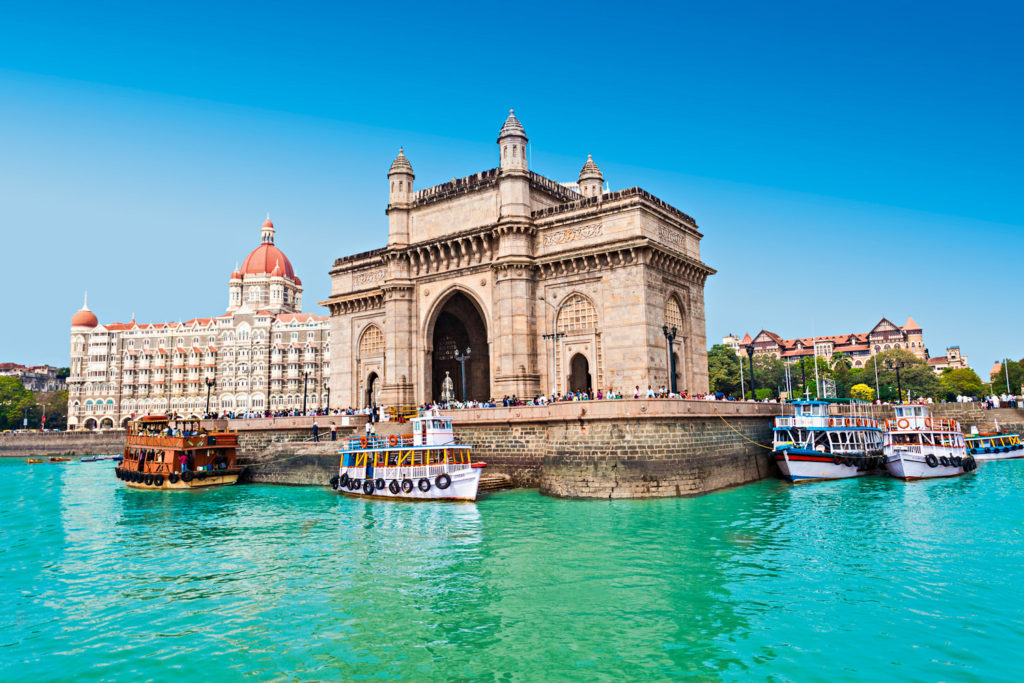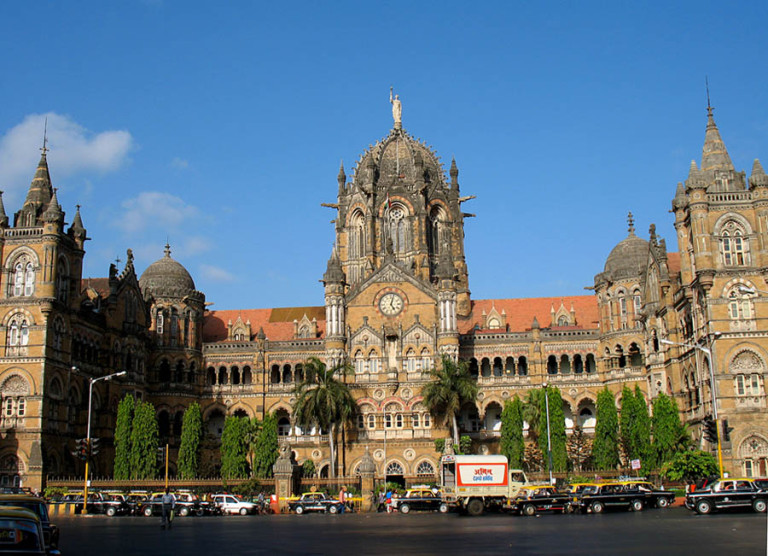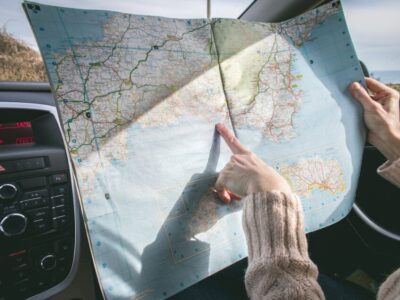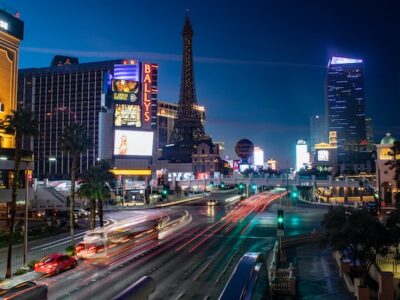A Heritage Walk Across the 7 Islands that Formed Mumbai
The time was late 1800s. Bombay wasn’t re-christened as Mumbai yet. People who lived here called the city Bombay in their plain speak or ‘Amchi Mumbai’ out of affection. Back then Mumbai was majorly a trade center, a significant commerce port. If you walked up to the Bombay Harbor in those days, you’d see scores of horse carts or buggies, which were the main mode of transport in the city for those who could afford it. Boats and ships floated about the water and brought people and goods.

Also known as the Front Bay, Bombay Harbor (now Mumbai Harbor) is actually the southern estuary of the Ulhas river. The northern part called Thane Creek. Maritime trade along this part of the city still goes on smoothly, but not as exclusively as before. Mumbai of the gone days is a nostalgic portrait of a lot of good things too. The old chor bazaar, the drygoods store, the cotton market, sights of fisherwoman going about their business, the famous Cocoanut Festival, the old Victoria Station, a rain walk through the scarce Bora Bazaar street, snake charmers near the Gateway of India, world box makers on the streets, and all those things are now just pictures and memories hanging on the walls of museums and hiding in pages of printed books. Mumbai today has moved forward by years, embracing the modern world, wishing to become the Singapore of the Indian soil. Now the tourists arrive here not through the ports, but mostly by trains and flights, from various corners of the world and the country. Thanks to the turnaround in air transport over the last few decades, cheap air tickets, short travel time, world-class in-flight services, promotional goodies, etc. now attract a large number of travellers in India. Mumbai airport is a bustling and the second-most busy airport in India. The time flies fast for this city, as they say.
So, that’s the run of nostalgia about the Bombay that Mumbai once used to be. Nevertheless, the place today is one of the most interesting cities in India. It is also home to the Hindi cinema industry, Bollywood. From strolls at the beach to long drives under the city lights, Mumbai offers interesting itineraries and attractions of numerous hues. Let’s explore what the dream city has in store for you:
Explore Mumbai with a heritage walk across the many tourist attractions
Front Bay walk: The idea of Mumbai, the former Bombay, started all the way back in 1661. The royal wedding between Charles II of England and Princess Catherine of Braganza started it all. Revisit the history by taking a heritage walk of the city. Mumbai has a number of historical and cultural monuments. A walk that begins with the Front Bay to Apollo Gate covering the northern part of the old fortifications. It was in this area where people started settling in the beginning. It was all a small island back then. In the Ballard Estate the walk gives you the feel of the Victorian London. Horniman Circle Garden and Asiatic Society Library are around here. The streets with trees on both sides give a enjoyable experience. You can get the feel of London’s Piccadilly Circus when you check out the Flora Fountain Circle. There is a Indian Navy dockyard as well which is 275 years old. The walk ends at the Gateway of India which is a famous landmark in the city. It is the spot which is loved by the residents of the Mumbai. The 3.5 km stretch takes about 3 hours to walk ambly.

Heritage Mile walk: The city was once a group of seven islands. Explore this historic aspect by taking the heritage mile walk from Churchgate. Inside the Old Fort, you can easily relate to the history of the city. Within the fort walls existed a white town which was actually the European half of the old city. From Victoria Terminus (now Chhatrapati Shivaji Terminus) to D N Road to the Flora Fountain, the walk is enriches you with the nuances of the past colonial setup that existed around here. There are many Gothic buildings and art galleries around here and the precinct is often deemed as the busiest in the city. After the walk, take a stroll from Nariman Road to Marine Drive and enjoy the much acclaimed view of the Art Deco Skyline. The total distance is 3 km for this walk and it takes about 3 hours at a leisurely pace.

Bazaar Gate: It is the northern part of the old fort. Since this part has most of native settlers originally, the colonial terms used for this location was Blacktown. Various traders, fishermen, cobblers, ironsmith, etc. lived in this area. Perin Nariman Street or Bhora Bazaar of yore was where the original banking Shroffs used to sit. Now the place is called Bombay Bazaar famously. From Town Hall to Mahatma Gandhi Road to Bombay Gymkhana to Crawford Market, there’s a lot to explore on this walk. On this stretch you would also see the J J School of Art where Rudyard Kipling was born. The walk is about 3-4 hours long and covers a distance of about 4.5 km.
Further in the Mumbai heritage walk, you can explore Bandra and Malabar Hills. So, plan a nice itinerary of things to do in Mumbai and enjoy a great time taking these heritage walks on your visit. You would definitely have scores of memories to cherish when you are done!
Author Bio:
With a keen interest in raking out the sand till the core, Anjali leaves no stone unturned to get a detailed insight into things that are kept under covers, deliberately or not, be it monuments, places or even myths or facts related to anything. Since travelling is what keeps her spirits high, apart from getting smart hacks for cheap flight tickets, you can rely on her for any travel related trivia, anytime, anywhere. Interesting, isn’t it?













